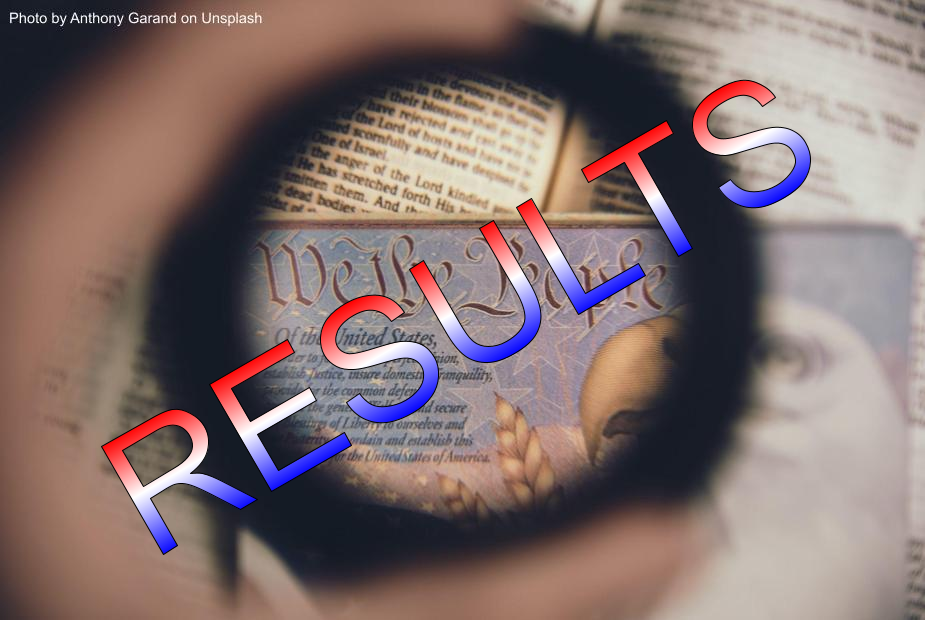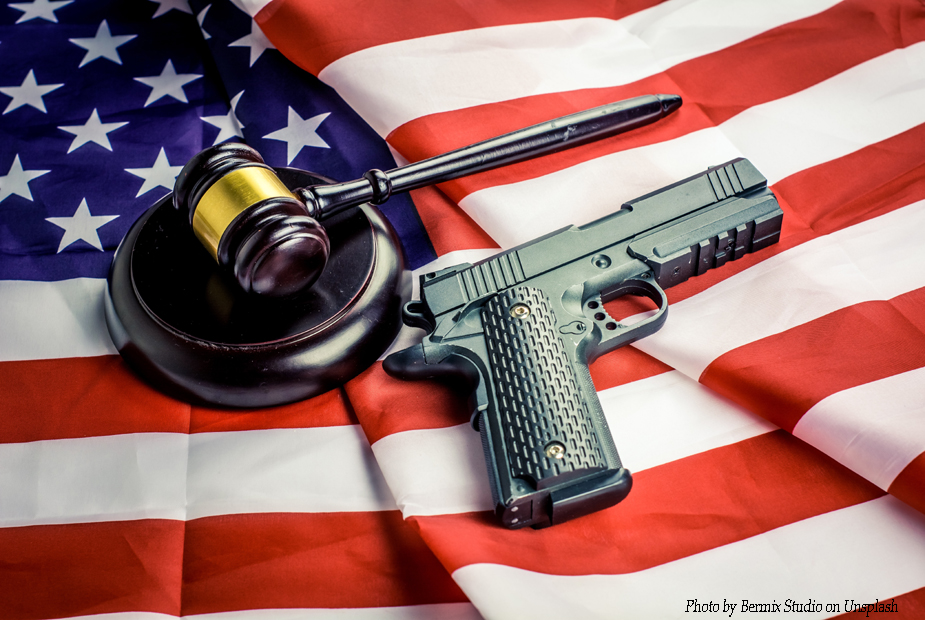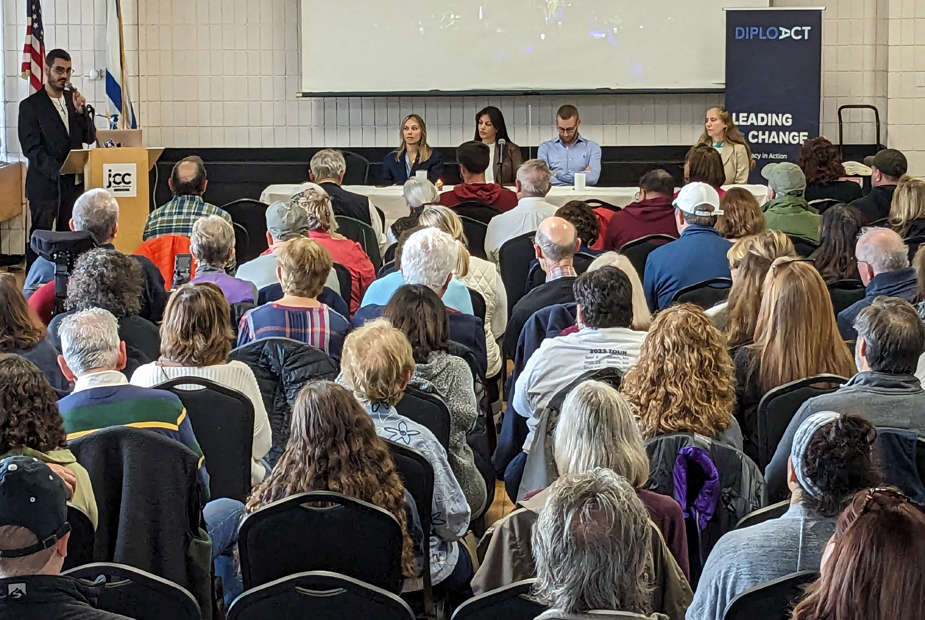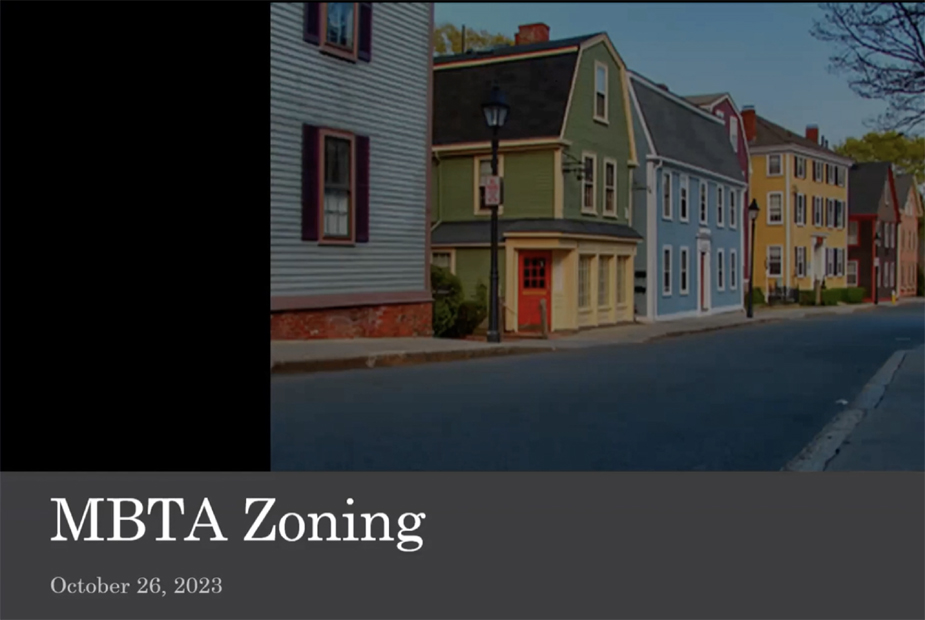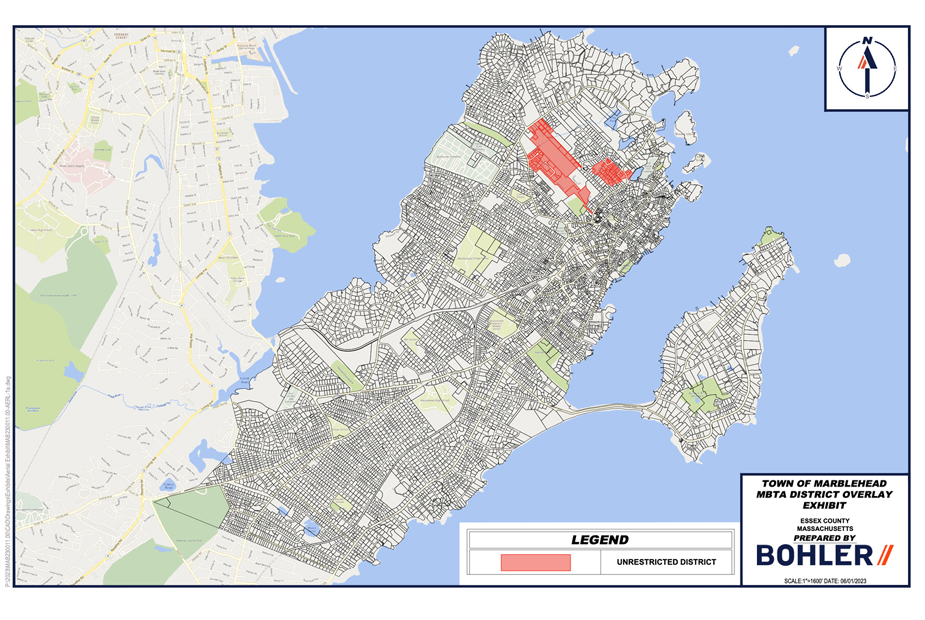Constitution Day Quiz: RESULTS
Last Saturday, September 17, 2022, the United States celebrated Constitution Day, a day dedicated to recognizing the importance of this document in our nation’s history and honoring the memory of the individuals responsible for creating it. In honor of the holiday, Marblehead Beacon offered our readers a quiz through which to gauge their Constitutional knowledge. The quiz is still available for those who haven’t participated, but the responses received thus far are tabulated below.
As of September 28, 2022, the quiz has been taken by 50 participants, with scores ranging from 2/11 correct to 11/11, with an average score of 6.5/11. Please read on for the detailed results:
- What was the name of the Marbleheader who was a delegate to the Constitutional Convention?
43 out of 50 respondents (86%) correctly selected Elbridge Gerry, with 5 people (10%) choosing John Glover and the remaining 2 (4%) opting for Jeremiah Lee.
- Who is considered the father of the U.S. Constitution?
The majority of respondents, 26 people (52%), incorrectly selected Thomas Jefferson, who is credited with authoring the Declaration of Independence, for this question. Just 17 (34%) correctly chose James Madison, with 6 (12%) choosing John Adams and 1 (2%) choosing George Washington.
- The Constitution was signed on September 17 of which year?
The majority was in the green on this question, as 27 (54%) correctly identified 1787 as the year in question. 1780 was the next most popular choice with 13 (26%) participant selections. 1776, the year the Declaration of Independence was signed, received 10 (20%) votes.
- What is the purpose of the U.S. Constitution?
Poll participants confidently answered this question, with 49 (98%) correctly choosing “to determine the powers and limits of the new government of the United States” with just 1 individual (2%) selecting “to determine which areas would be a part of the new United States.”
- What is the first part of the Constitution called?
Participants followed up an impressive performance on question four with another on question five as 36 (72%) respondents selected The Preamble. The Bill of Rights and The Articles of Confederation each received 7 (14%) votes.
- What was the name of the first Constitution of the United States?
The Articles of Confederation, which were in effect from 1781-1789, were correctly identified by 45 (90%) of the voters, with 3 (6%) selecting The Constitution, and the remaining 3 (6%) selecting The Declaration of Independence.
- Which of the following is a process by which an amendment may be added to the Constitution?
The answers given: “both houses of Congress must ratify with a ⅔ majority” and “the states must ratify, with ⅔ of states approving the amendment” were both correct. 33 (66%) participants recognized this fact, with 15 (30%) selecting the former and 2 (4%) selecting the latter.
- The Constitution needed to be ratified by how many states?
This question threw off many who answered. As the previous question suggests, only ⅔ of the original states were required to vote in approval, so just 9 of them were required to pass the new Constitution, as 14 (28%) people correctly noticed. 13 was the most popular answer with 24 (48%) votes. 7 states and 50 states received 7 (14%) and 5 (10%) votes respectively.
- How many articles are included in The Constitution?
While 18 (36%) participants guessed 10 articles, and another 18 (36%) guessed 15 articles, the correct answer, as 12 (24%) people selected, was just 7 articles. 2 (4%) selected 5 articles.
- The first 10 amendments to the Constitution are known as:
The correct answer here, as 46 (92%) participants identified, was The Bill of Rights. The Primary Amendments and The Preamble were chosen by 3 (6%) and 1 (2%) respectively.
- Who of the following did NOT sign the Constitution?
The correct answer here, as just 10 (20%) correctly selected, was Thomas Jefferson. He, along with John Adams, was in Europe at the time of the signing, which is why their signatures are absent. 23 (46%) of respondents chose George Washington, while 11 (22%) selected Alexander Hamilton, and the remaining 6 (12%) chose James Madison.
We hope that all who participated enjoyed the opportunity to test their knowledge of one of our most important founding documents and that everyone, with the exception of the one admirable individual who achieved a perfect score, learned something new.

